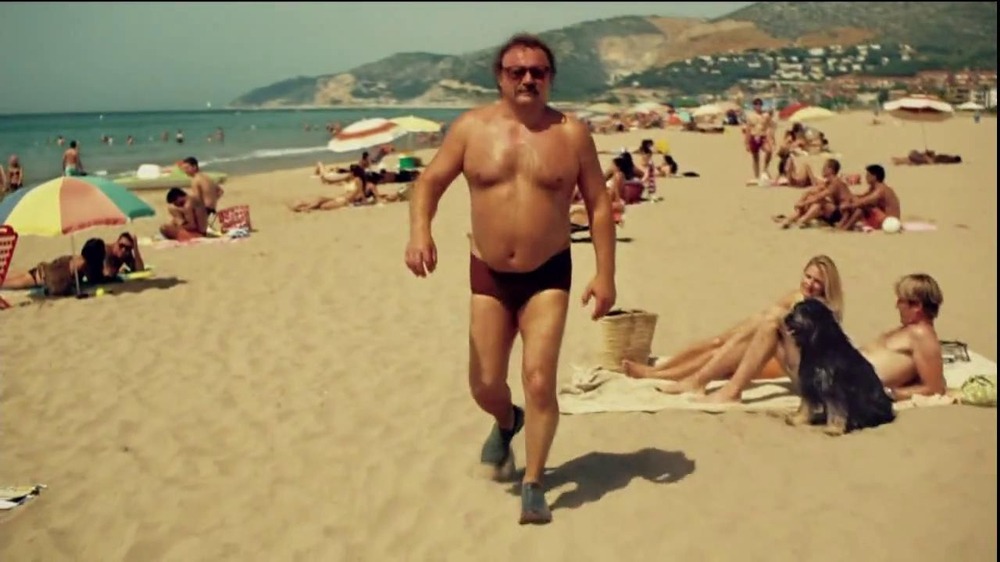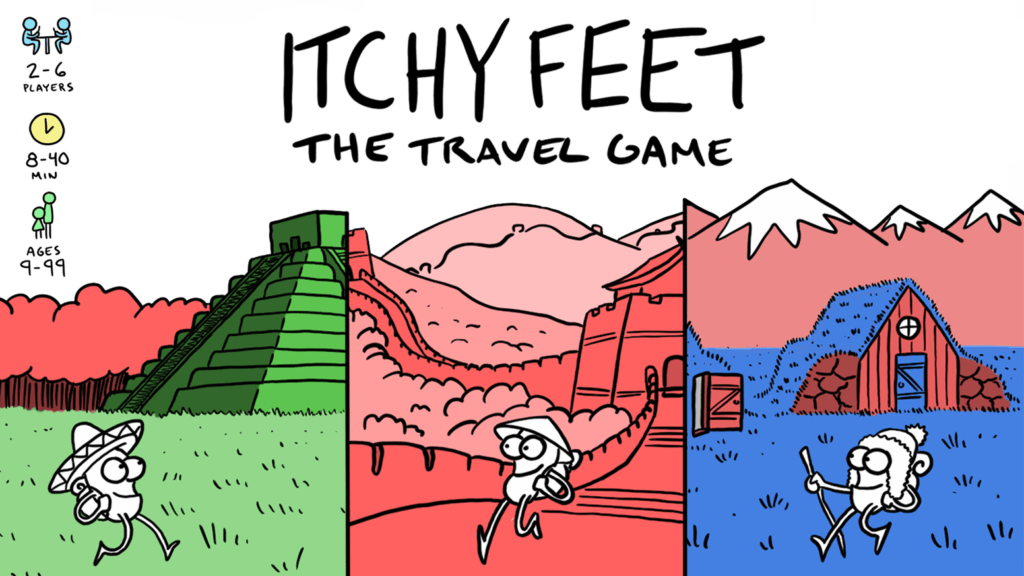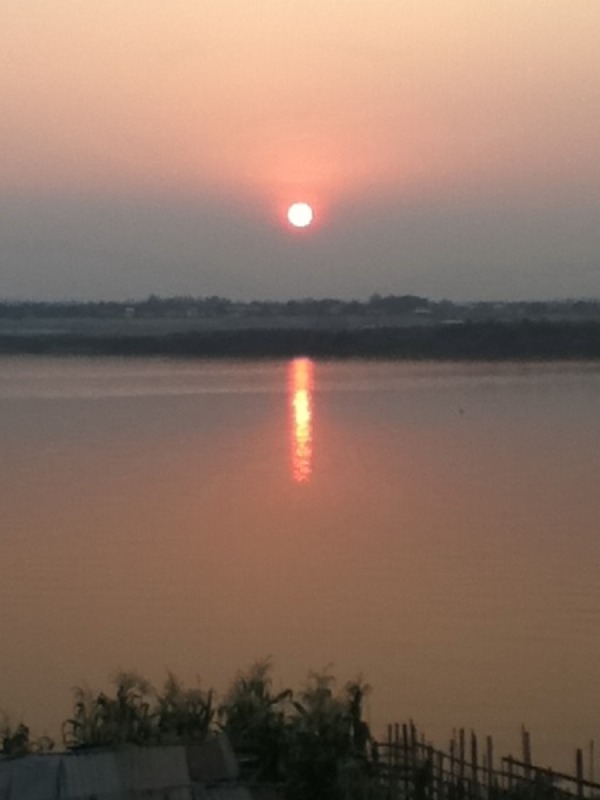
I’m going skiing soon, and as I was planning the trip I noticed similarities with the ways I approach a strategy work project.
A few years ago, after I finished working at Energy BBDO in Chicago, I caught up with a couple of ex-colleagues for a drink and found out there were rumours about me in the office: people thought I was super wealthy because I went away on ski trips.
I first learned to ski when I was about 9 years old in France, during “classe de neige” school trip. I loved it but that was the only time I skied. My parents didn’t ski, we didn’t really have enough money or interest to go on ski holidays in my teenage years. It kind of stayed on my radar far in the background, as something that would be nice to maybe do again, some day.
I ended up re-learning to ski many years later, on a holiday with one of my best friends in 2016. I got totally hooked. It’s actually the first time in my life I am so invested in a physical activity, to be honest.
I realise skiing is an expensive sport, generally reserved for wealthy people, and/or people living right by the mountains. I think I do well financially, even better than many, but I don’t come from a wealthy family.
After describing the hostel dorm rooms and friends’ places where I tend to hang out when skiing, one of them had an aha moment and realised it wasn’t so much that I was rich, but rather that I didn’t have the same travel comfort requirements they had when traveling.
Part of this is certainly down to budgeting priorities. There’s also the satisfaction I get from organising a trip independently, looking for the best permutations of trains, planes, and automobiles, so to speak.
I can’t help researching, strategising, and optimising plans. Which I suppose is also what I do with work and clients.
Ideally, any given strategy ends up seemingly simple. It has also likely taken me a long while to gather enough information and pursue long-winded ideas to finally get to that simplest result. The best strategies even look like they should have been obvious from the beginning, except it wasn’t or couldn’t be seen back then.
Occam’s Razor, in philosophy and as defined in Wikipedia, “is the problem-solving principle that recommends searching for explanations constructed with the smallest possible set of elements. It is also known as the principle of parsimony or the law of parsimony. […] Popularly, the principle is sometimes inaccurately paraphrased as “The simplest explanation is usually the best one.””
When skiing, the “fall line” is the steepest, most direct way down the hill. Skis should be perpendicular to the fall line, depending on your ability level, how steep the slope is, what the general shape of the mountain is, how the snow is, and also how you’re feeling like skiing at that particular moment.
I like to think you end up sort of playing with Occam’s Razor when skiing, in that you’re gliding back and forth around and across the fall line, controlling your speed when turning, getting a feel for the slope and where the fall line is. Larger, broader turns allow you to control speed and slow down. Shorter, faster, narrower turns directed towards the fall line have you accelerate.
When the slope is shallow, you can easily point your skis into the fall line and go straight ahead. The steeper and narrower it becomes, the more you have to turn your skis away from the fall line to get down safely, and in the most parsimonious fashion. You need to ski on your edges, which should be sharp, kind of like Occam’s idea of a razor, shaving a path down the slope, turn by turn.
I feel there are similarities with the way I might approach a new, presumably tricky enough, strategic challenge: considering ways to navigate it that aren’t immediately relevant to a direct solution. Instead, I’ll take side turns that generate new understanding and perspectives, which will strengthen the outcome.
It’s arguable how close this really is to Occam’s Razor, which is why I mentioned playing with it. When it comes to travel plans and skiing, I’m not necessarily looking for the direct path. Depending on time and budget, I’m after a fun, interesting, maybe even long-winded route.
At the beginning of this winter, it didn’t look like I’d be able to ski much. Luckily that changed. After much time optimising and scheming (and a few urgent client projects), in ten days I’ll be excitedly lugging all my ski gear around from Paris, to Vars on a night bus, then a weekend in Venice with my girlfriend, on to Cortina d’Ampezzo in the Dolomites, across the Austrian border to ski around Innsbruck, a quick stop to check out St Anton am Arlsberg, and then looping back to Paris via Zurich on the train.
All that to probably brag about my trip, and say that if you enjoy the idea of a strategic thinker playing with brand challenges like they would glide around a ski slope while connecting random notions like Occam’s Razor or Lateral Thinking that I ended up removing, please give me a shout, and please comment about your skiing plans or problem solving approach (and if you want to go skiing together some time, particularly if you’re a little better than I am, and/or if you have access to affordable accommodation in a ski resort)!
PS: Thank you James D’Souza for the encouragements to get back to writing & James Whatley for reminding me to write about what I’m interested in.



